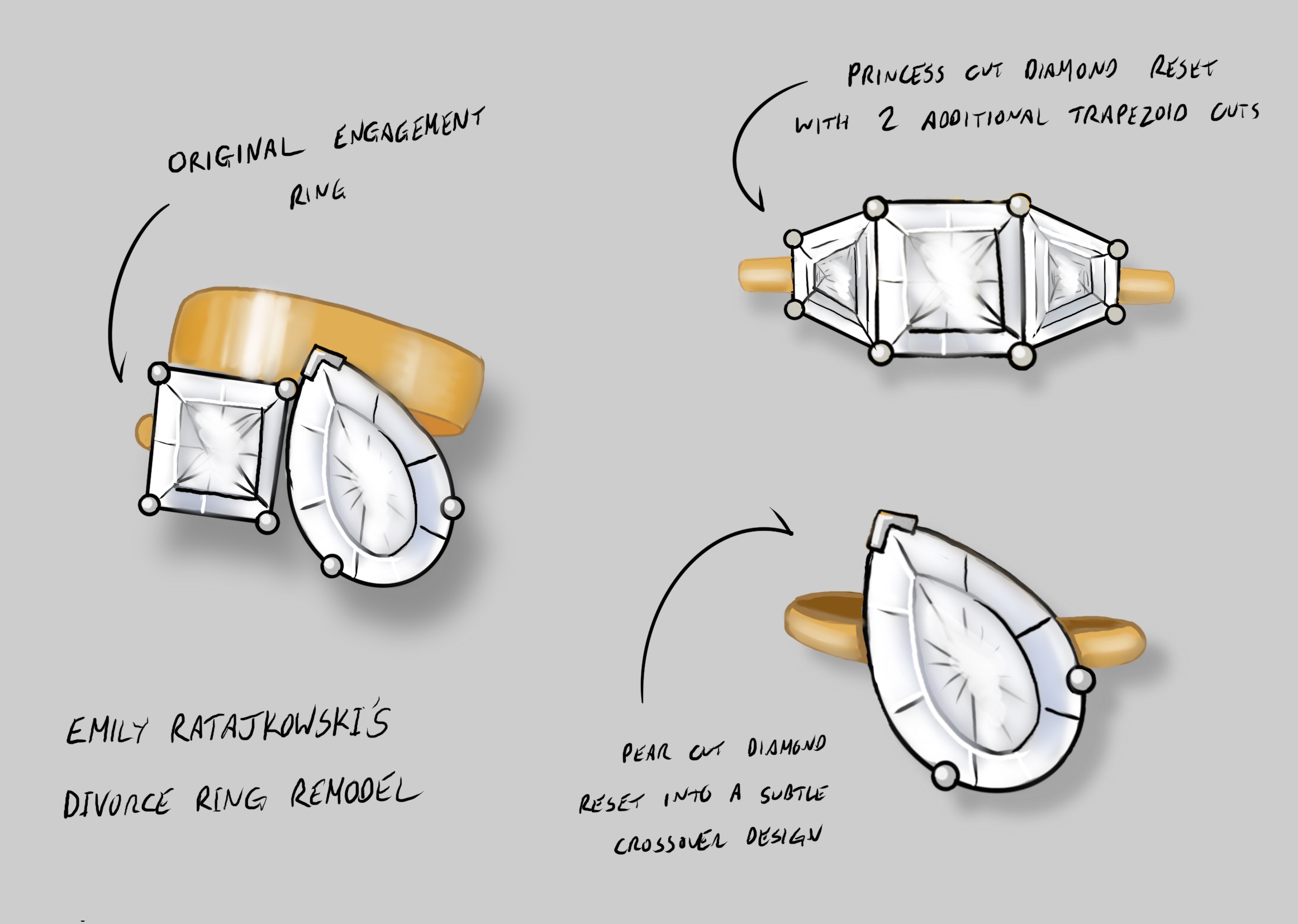
Transforming Pain into Beauty: The Rise of Divorce Rings
Transforming Pain into Beauty: The Rise of Divorce Rings In jewellery a Diamond is usually a symbol of love whether
choose a stone…
choose a setting…
choose a metal…
choose a finish…
…choose ring
21 Meeting House Lane
Brighton East Sussex
BN1 1HB
1273 773 544
21 Meeting House Lane
Brighton
East Sussex
BN1 1HB
Categories:

What is MOHS Scale?
The MOHS scale is used to check the hardness of a mineral with respect to the resistance of being scratched. MOHS Scale is from 1 to 10. It is a relative scale measured by relevance to once another than any universal sect of units.
History of similar hardness Scales
Mohs Scale is the invention of a German geologist with a love for minerals. He created a relative scale to measure the hardness of minerals. Grading the hardness of minerals has been noted as early as in ‘The discourse of Theophrastus’ from early 300 B.C. A scale was also mentioned in ‘Naturalis Historia’, the first encyclopaedia created by Pliny the Elder in in 77. A.D. De fact.

Creation and Origin MOHS Scale
MOHS Scale is the invention of a Viennese Mineralogist in the early 19th century to list minerals based on their, ‘scratch hardness’ as created by Friedrich Mohs. His devotion to diamonds acquired him the opportunity to work in diamond mines but Mohs scale was born when he was employed by a banker to categorize his inventory. Until then, no one had an organized idea to ratify mineral hardness as chemical composition was always used. The scale of Friedrich Mohs had a list of minerals numbered 10 down to 1 with a diamond graded 10 (the hardest). However, Mohs scale is not linear. Simply put, just because sapphire is listed 9 before 10 of diamond, does not equate it one time lesser in hardness than diamond. In fact, diamond is four times harder than sapphires. Mohs scale rates minerals based on their relative hardness with one another.
Testing using the MOHS scale technique
You can test Mohs scale by trying to scratch Mineral A harder than Mineral B with each other. Firstly, scratch A on B to observe the mark. However, in vice versa, B does not scratch A. The Mohs scale starts with Talc on 1 and ends with Diamond at 10.

Hardness of Common Minerals using MOHS Scale
MINERAL MOHS Scale Reading
Diamond 10
Sapphire 09
Ruby 09
Emerald 08
Topaz 08
Aquamarine 08
Amethyst 07
Opal 6.5
Jade 06
You can take a look at many of the stunning coloured gemstones mentioned in this blog set into beautiful bespoke rings by clicking here.

Transforming Pain into Beauty: The Rise of Divorce Rings In jewellery a Diamond is usually a symbol of love whether

Which finger is the engagement ring worn on? In the UK, as with many other Western countries, an engagement ring

U.S. Graduation Rings And The Symbolism Behind Them As Super Bowl LVIII (58) comes to an end the Kansa City
Tel: +44 (0) 1273 773 544
Email: ringdesign@hotmail.co.uk
21 Meeting House Lane
Brighton
East Sussex
BN1 1HB
Open 7 days a week
Mon-Sat: 10:30am – 5pm
Sun: 11am – 4:30pm